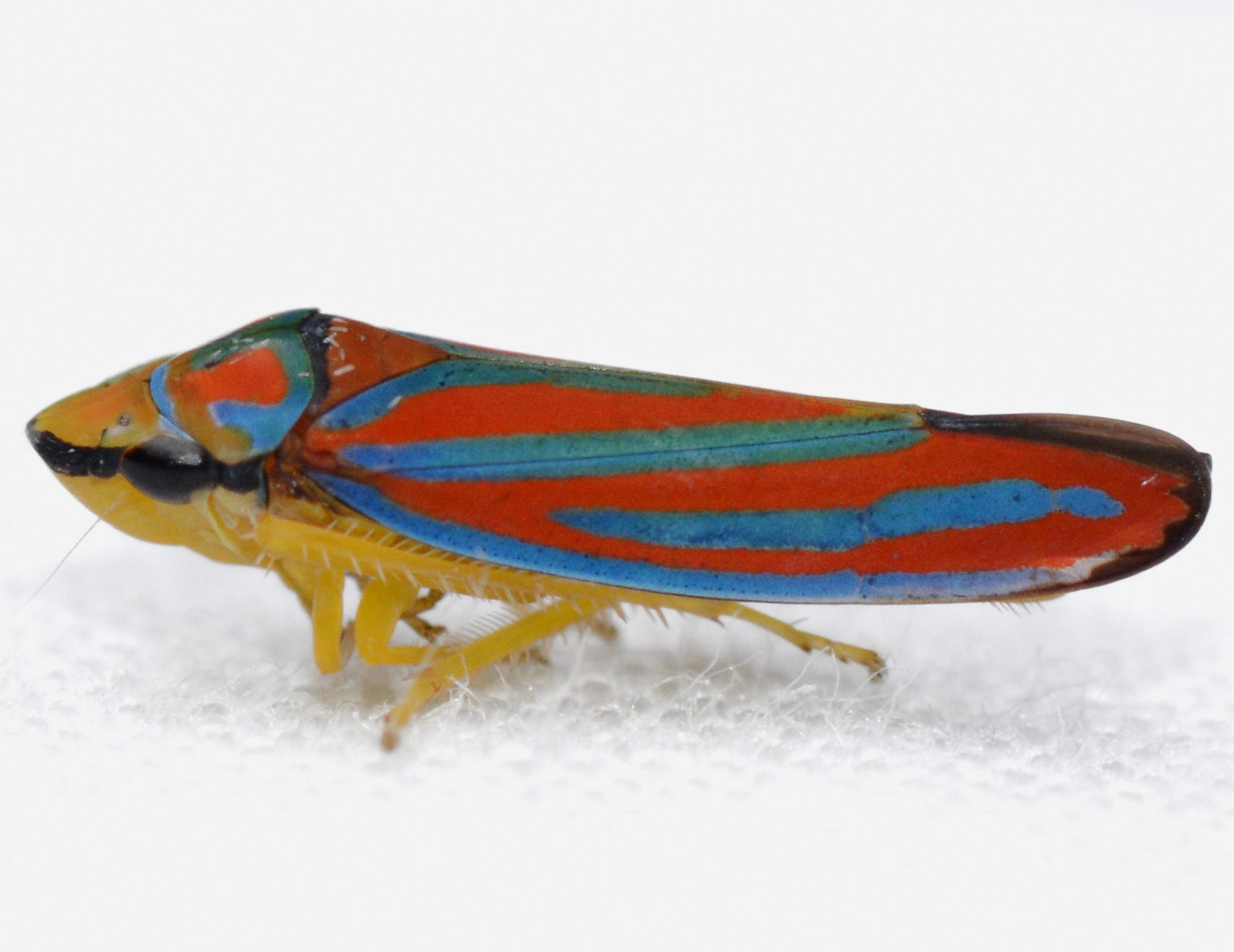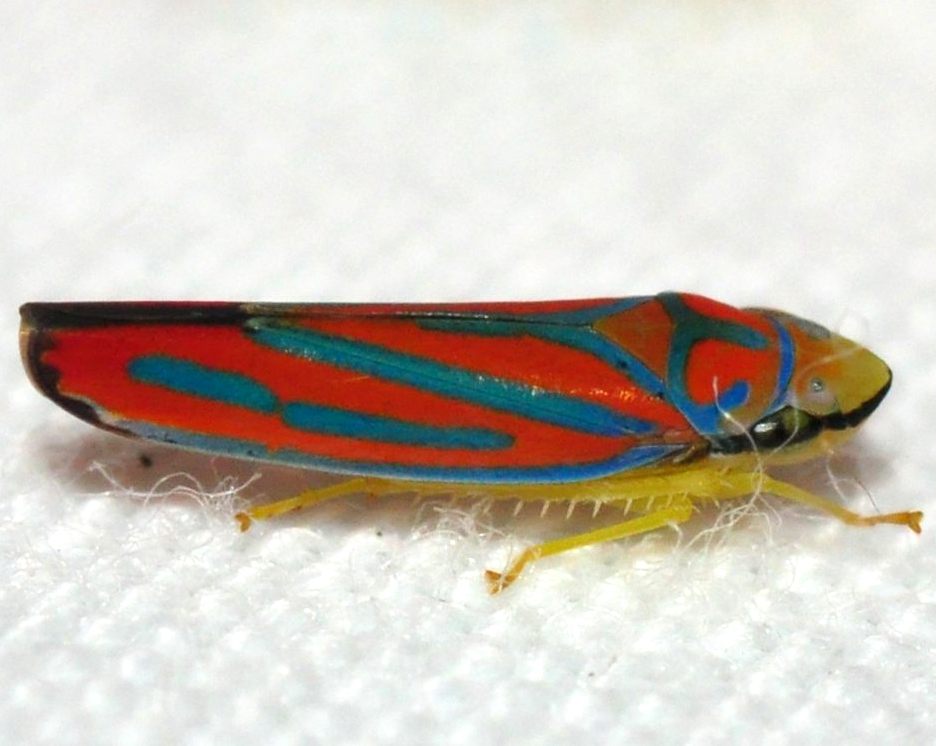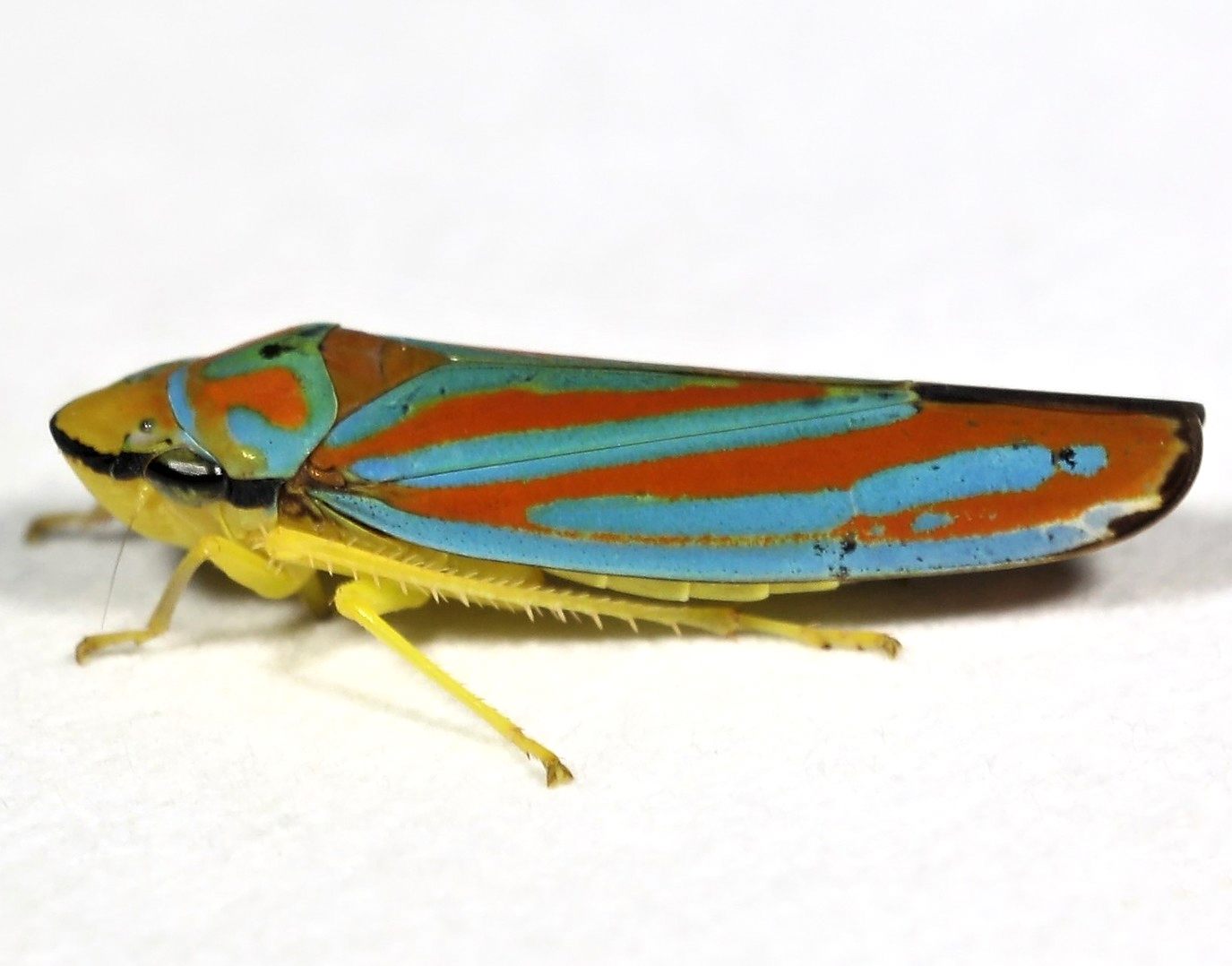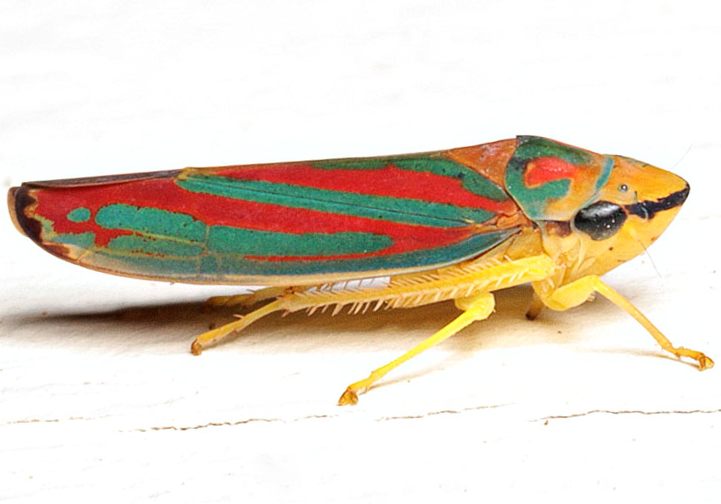Species Photo Gallery for Graphocephala coccinea Red-banded Leafhopper 107 |
 | Photo by: B. Bockhahn
Henderson Co.
Comment: |  | Photo by: Marilyn Westphal
Henderson Co.
Comment: On UV light sheet |
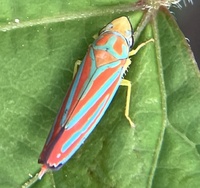 | Photo by: Ken Kneidel
Mecklenburg Co.
Comment: |  | Photo by: Saige
New Hanover Co.
Comment: Found on catnip plant in raised planter box |
 | Photo by: Saige
New Hanover Co.
Comment: Found on catnip plant in raised planter box |  | Photo by: Marilyn Westphal
Henderson Co.
Comment: It was shooting out white droplets. |
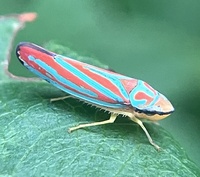 | Photo by: Ken Kneidel
Mecklenburg Co.
Comment: |  | Photo by: Scott Bolick
Forsyth Co.
Comment: |
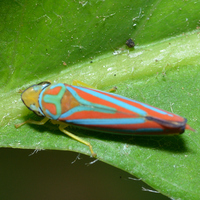 | Photo by: Margarita Lankford
Orange Co.
Comment: https://www.inaturalist.org/observations/223173205 | 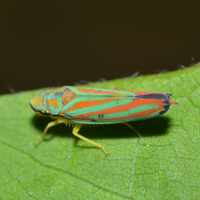 | Photo by: Margarita Lankford
Orange Co.
Comment: https://www.inaturalist.org/observations/223173226 |
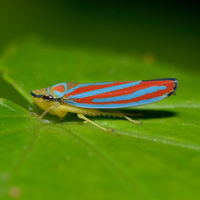 | Photo by: Margarita Lankford
Orange Co.
Comment: https://www.inaturalist.org/observations/214469605 |  | Photo by: K. Bischof
Transylvania Co.
Comment: GORG |
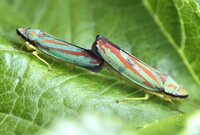 | Photo by: Ted Wilcox
Watauga Co.
Comment: unid_leafhopper | 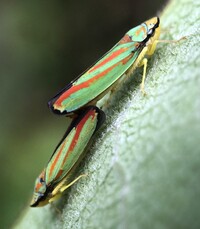 | Photo by: Ted Wilcox
Watauga Co.
Comment: unid_leafhopper |
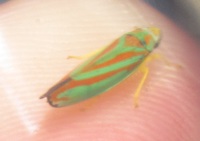 | Photo by: B. Bockhahn
Avery Co.
Comment: |  | Photo by: Ted Wilcox
Watauga Co.
Comment: unid_leafhopper |
 | Photo by: Ted Wilcox
Watauga Co.
Comment: unid_leafhopper | 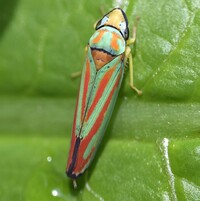 | Photo by: Ted Wilcox
Watauga Co.
Comment: unid_leafhopper |
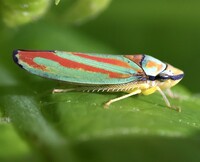 | Photo by: Ted Wilcox
Watauga Co.
Comment: unid_leafhopper |  | Photo by: Ted Wilcox
Watauga Co.
Comment: unid_leafhopper |
 | Photo by: Ted Wilcox
Watauga Co.
Comment: | 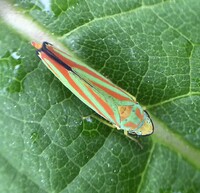 | Photo by: Ted Wilcox
Watauga Co.
Comment: |
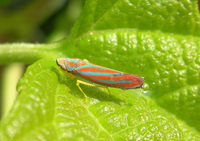 | Photo by: R. Newman
Carteret Co.
Comment: FOMA | 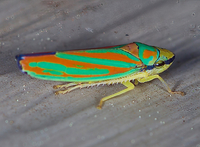 | Photo by: Jim Petranka
Madison Co.
Comment: |
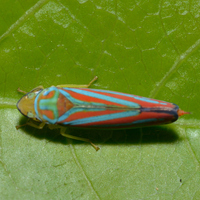 | Photo by: Margarita Lankford
Orange Co.
Comment: https://www.inaturalist.org/observations/120257380 |  | Photo by: Margarita Lankford
Orange Co.
Comment: https://www.inaturalist.org/observations/119471739 |
 | Photo by: Erich Hofmann
New Hanover Co.
Comment: |  | Photo by: Erich Hofmann and Kayla Weinfurther
Bladen Co.
Comment: |
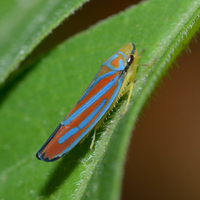 | Photo by: Margarita Lankford
Orange Co.
Comment: https://www.inaturalist.org/observations/115959846 | 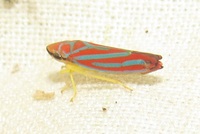 | Photo by: B. Bockhahn
Scotland Co.
Comment: Sweep net |
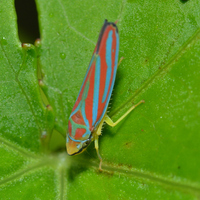 | Photo by: Margarita Lankford
Orange Co.
Comment: https://www.inaturalist.org/observations/97441980 | 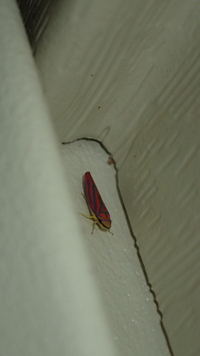 | Photo by: Erich Hofmann
Craven Co.
Comment: |
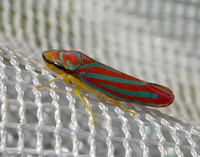 | Photo by: R. Newman
Carteret Co.
Comment: FOMA | 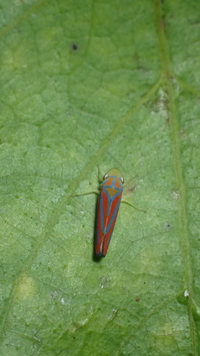 | Photo by: Erich Hofmann
New Hanover Co.
Comment: |
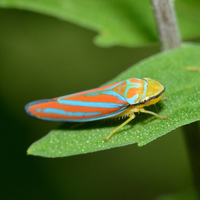 | Photo by: Margarita Lankford
Orange Co.
Comment: https://www.inaturalist.org/observations/88754538 | 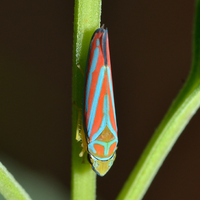 | Photo by: Margarita Lankford
Orange Co.
Comment: https://www.inaturalist.org/observations/89517230 |
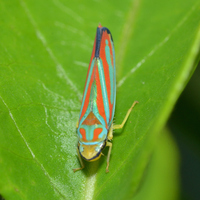 | Photo by: Margarita Lankford
Orange Co.
Comment: https://www.inaturalist.org/observations/82748584 |  | Photo by: Margarita Lankford
Orange Co.
Comment: https://www.inaturalist.org/observations/83335095 |
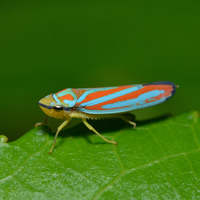 | Photo by: Margarita Lankford
Orange Co.
Comment: https://www.inaturalist.org/observations/81799995 |  | Photo by: Simpson Eason
Durham Co.
Comment: unid_leafhopper |
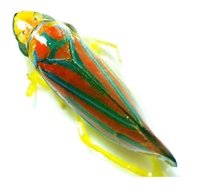 | Photo by: Ken Kneidel
Mecklenburg Co.
Comment: 8 mm female dead on a tree band on oak | 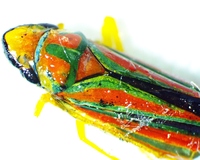 | Photo by: Ken Kneidel
Mecklenburg Co.
Comment: 8 mm female stuck in Tanglefoot on a tree band on Willow Oak |
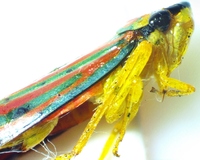 | Photo by: Ken Kneidel
Mecklenburg Co.
Comment: 8 mm female stuck in Tanglefoot on a tree band on Willow Oak |  | Photo by: Ken Kneidel
Mecklenburg Co.
Comment: 8 mm female stuck in Tanglefoot on a tree band on Willow Oak |
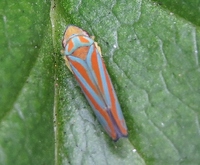 | Photo by: Kenneth Kneidel
McDowell Co.
Comment: at rest on broad leaf, low vegetation | 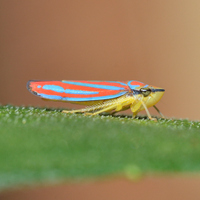 | Photo by: Margarita Lankford
Orange Co.
Comment: https://www.inaturalist.org/observations/61815281 |
 | Photo by: Margarita Lankford
Orange Co.
Comment: https://www.inaturalist.org/observations/61815281 |  | Photo by: Evelyn Eason
Durham Co.
Comment: |
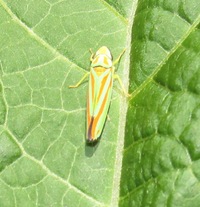 | Photo by: B. Bockhahn
Alleghany Co.
Comment: |  | Photo by: Ken Childs
Out Of State Co.
Comment: 8.75 mm |
 | Photo by: Ken Childs
Out Of State Co.
Comment: 8.75 mm | 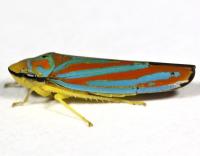 | Photo by: Rob Van Epps
Iredell Co.
Comment: Caught sweeping in weedy field. Female. Length 9.2mm. |
 | Photo by: Kyle Kittelberger, Brian Bockhahn
Washington Co.
Comment: open forest habitat; 7.2 mm long | 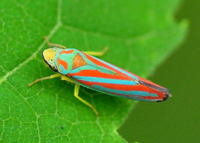 | Photo by: Kyle Kittelberger, Brian Bockhahn
Orange Co.
Comment: Forest edge, shrubby habitat |
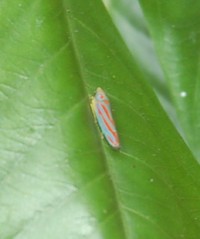 | Photo by: Tracy S. Feldman
Durham Co.
Comment: unid_leafhopper | 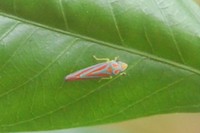 | Photo by: Tracy S. Feldman
Durham Co.
Comment: unid_leafhopper |
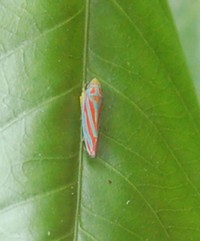 | Photo by: Tracy S. Feldman
Durham Co.
Comment: unid_leafhopper | 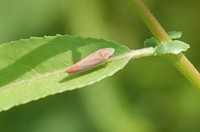 | Photo by: Tracy S. Feldman
Scotland Co.
Comment: unid_leafhopper |
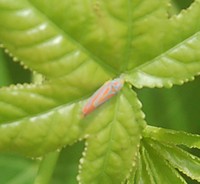 | Photo by: Tracy S. Feldman
Scotland Co.
Comment: this one was relatively large--around 5 mm long - unid_leafhopper | 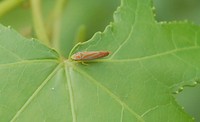 | Photo by: Tracy S. Feldman
Scotland Co.
Comment: the second photo is actually from 2 June 2015. - unid_leafhopper |
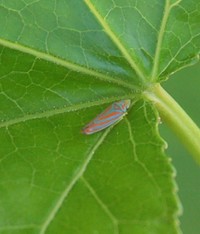 | Photo by: Tracy S. Feldman
Scotland Co.
Comment: the second photo is actually from 2 June 2015. - unid_leafhopper | 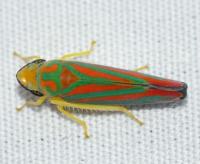 | Photo by: Kyle Kittelberger
Wake Co.
Comment: |
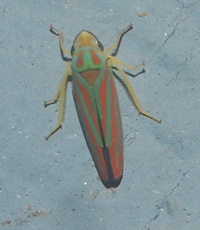 | Photo by: Vin Stanton
Buncombe Co.
Comment: wooded residential neighborhood | 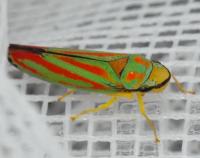 | Photo by: Kyle Kittelberger
Ashe Co.
Comment: caught sweeping |
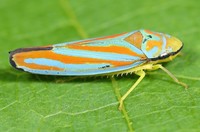 | Photo by: Rob Van Epps
Iredell Co.
Comment: Caught sweeping in weedy field. Female. Length 9.2mm. | 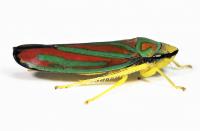 | Photo by: Rob Van Epps
Mecklenburg Co.
Comment: Length 7.0mm. Found on weeds in yard. |
 | Photo by: Rob Van Epps
Mecklenburg Co.
Comment: Length 7.0mm. Found on weeds in yard. | 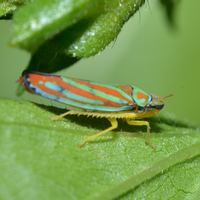 | Photo by: Margarita Lankford
Orange Co.
Comment: https://www.inaturalist.org/observations/48185348 |
 | Photo by: Margarita Lankford
Orange Co.
Comment: https://www.inaturalist.org/observations/48185348 | 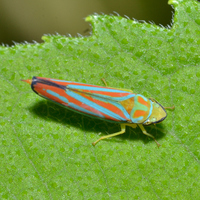 | Photo by: Margarita Lankford
Orange Co.
Comment: https://www.inaturalist.org/observations/48048335 |
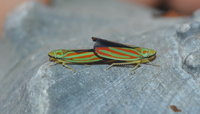 | Photo by: K. Bischof
McDowell Co.
Comment: LAJA | 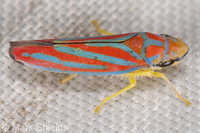 | Photo by: Mark Shields
Onslow Co.
Comment: |
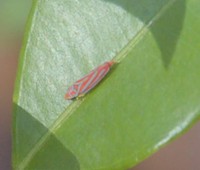 | Photo by: Tracy S. Feldman
Scotland Co.
Comment: unid_leafhopper | 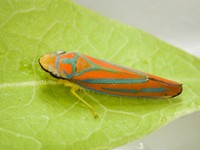 | Photo by: Tracy S. Feldman
Scotland Co.
Comment: G. coccinea coccinea |
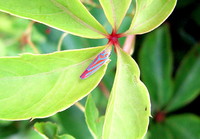 | Photo by: B. Fleming
Carteret Co.
Comment: FOMA |  | Photo by: Simpson Eason
Durham Co.
Comment: |
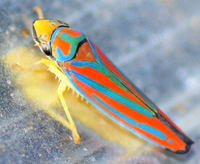 | Photo by: Kyle Kittelberger
Wake Co.
Comment: mixed hardwood forest habitat |  | Photo by: Kyle Kittelberger
Wake Co.
Comment: mixed hardwood forest habitat; shows greenish blue lines, which eliminates G. coccinea I believe |
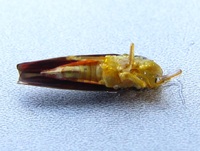 | Photo by: Ken Kneidel
Mecklenburg Co.
Comment: trapped in Tanglefoot on a tree band in a suburban business park, 7.8 mm female |  | Photo by: Ken Kneidel
Mecklenburg Co.
Comment: trapped in Tanglefoot on a tree band in a suburban business park, 7.8 mm female |
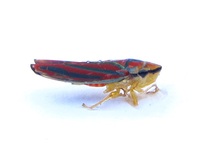 | Photo by: Ken Kneidel
Mecklenburg Co.
Comment: trapped in Tanglefoot on a tree band in a suburban business park, 7.8 mm female | 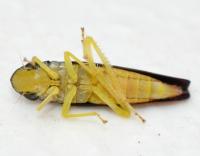 | Photo by: Kyle Kittelberger
Wake Co.
Comment: male, 7.6 mm |
 | Photo by: Kyle Kittelberger
Wake Co.
Comment: male, 7.6 mm | 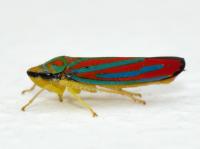 | Photo by: Kyle Kittelberger
Wake Co.
Comment: male, 7.6 mm |
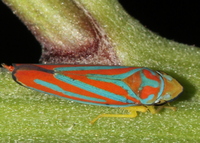 | Photo by: Harry Wilson
Wake Co.
Comment: | 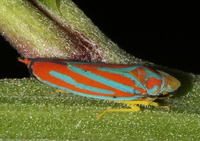 | Photo by: Harry Wilson
Wake Co.
Comment: |
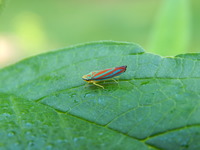 | Photo by: k. nealson
Orange Co.
Comment: ENRI |  | Photo by: Tracy S. Feldman
Scotland Co.
Comment: unid_leafhopper |
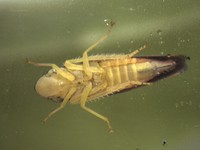 | Photo by: Tracy S. Feldman
Scotland Co.
Comment: unid_leafhopper | 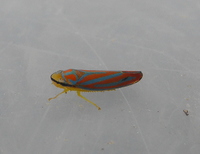 | Photo by: F. Williams, S. Williams
Gates Co.
Comment: MEMI |
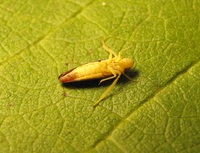 | Photo by: Ken Kneidel
Mecklenburg Co.
Comment: 7.9mm, suburban forest / athletic field edge | 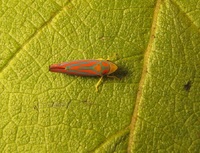 | Photo by: Ken Kneidel
Mecklenburg Co.
Comment: 7.9mm, suburban forest / athletic field edge |
 | Photo by: Ken Kneidel
Mecklenburg Co.
Comment: 7.9mm, suburban forest / athletic field edge | 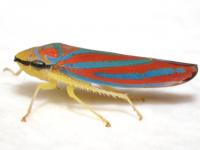 | Photo by: Kyle Kittelberger
Wake Co.
Comment: male |
 | Photo by: Kyle Kittelberger
Wake Co.
Comment: male | 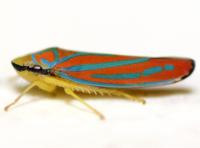 | Photo by: Kyle Kittelberger, Brian Bockhahn, Paul Scharf
New Hanover Co.
Comment: open woodlands, pine dominated; male, 6.34 mm, G. c. coccinea |
 | Photo by: Tracy S. Feldman
Scotland Co.
Comment: unid_leafhopper |  | Photo by: Tracy S. Feldman
Scotland Co.
Comment: unid_leafhopper |
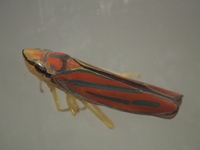 | Photo by: Tracy S. Feldman
Scotland Co.
Comment: unid_leafhopper | 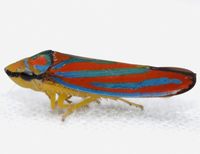 | Photo by: Kyle Kittelberger, Paul Scharf
Wake Co.
Comment: mixed hardwood forest habitat; male, 7.1 mm of inland ssp. |
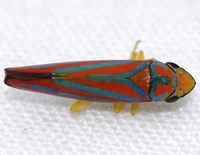 | Photo by: Kyle Kittelberger, Paul Scharf
Wake Co.
Comment: mixed hardwood forest habitat; male, 7.1 mm of inland ssp. | 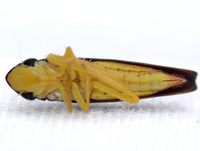 | Photo by: Kyle Kittelberger, Paul Scharf
Wake Co.
Comment: mixed hardwood forest habitat; male, 7.1 mm of inland ssp. |
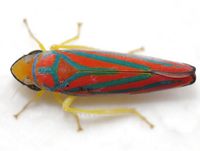 | Photo by: Kyle Kittelberger, Paul Scharf
Gates Co.
Comment: grassy habitat on mixed hardwood forest edge; 7.01 mm long, coastal ssp. | 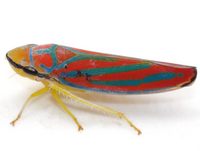 | Photo by: Kyle Kittelberger, Paul Scharf
Gates Co.
Comment: grassy habitat on mixed hardwood forest edge; coastal ssp. |
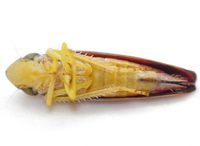 | Photo by: Kyle Kittelberger, Paul Scharf
Gates Co.
Comment: grassy habitat on mixed hardwood forest edge | 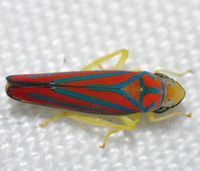 | Photo by: Kyle Kittelberger, Brian Bockhahn
Washington Co.
Comment: open forest habitat |
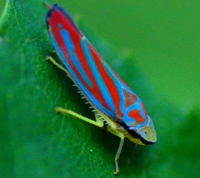 | Photo by: Kyle Kittelberger, Brian Bockhahn, Paul Scharf
Halifax Co.
Comment: mixed hardwood forest habitat; the inland subspecies, G. c. quadrivittata |

 »
»